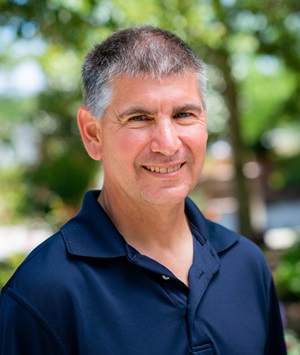It takes a special person to compete in triathlons. The multi-stage competitions are an extreme test of physical and mental fortitude. Even more extraordinary are those with the desire to take it even further and compete in IRONMAN triathlons.
IRONMAN races a mind-boggling amount of endurance. Comprising of over 2 miles of swimming, around 112 miles of cycling and 26 miles of running, the races can take upwards of 14 hours to complete. Contestants push their bodies to the absolute limits, battling blisters, muscle cramps and tremendous fatigue, among other things, to make it to the finish line. While the Ironman race itself is difficult, the countless hours of regimented training in preparation for the event takes a toll as well.
George Cucchi is one of the rare few with the desire to complete in IRONMAN races. This passion to finish an IRONMAN pushed him through an intense training schedule so he could compete in the Florida IRONMAN in December of 2017. However, one morning in July would radically change all of that.
“My Sunday morning started like many other Sunday mornings,” George recalled. “The triathlon season was in full swing, and I was out early for a few hours of training so I could return home to do some housework.”
While George was cruising on a familiar 50-mile bike-ride, enjoying a quiet stretch of Meridian Road through rural Georgia, a distracted driver of a Dodge pick-up unexpectedly struck George at 60 mph. The violent collision sent George into a ditch where he lay motionless in a bed of fire ants.
George was rushed to the Tallahassee Memorial Bixler Trauma & Emergency Center with fractures in his ankle, kneecap, femur, humerus and ribs. He also had two damaged vertebra, a cracked skill and multiple lacerations. While in the trauma center, he was triaged and received an emergency operation to insert a steel rod in his femur. A few days later, Hank Hutchinson, MD, Medical Director of Orthopedic Trauma Surgery, performed an operation to reinforce his mangled left arm with steel plates.
“The short-term goal, with an open fracture [like George’s], was to clean the wound, get skeletal stability, fix the fracture and get the wound closed,” said Dr. Hutchinson. “The long term goal with orthopedic trauma surgeries, and any orthopedic surgery, is try to return the patient as close to their preinjury level of function as possible.”
Before the accident, George spent dozens of hours every week running, swimming or biking. He was an endurance athlete, with the goal to complete in a race that many view as border line impossible. The next several days and weeks following his accident would test George’s physical and mental endurance in ways he had never experienced before.
George began his recovery in the Tallahassee Memorial HealthCare’s (TMH) Vogter Neuro Intensive Care Unit (VNICU), where the nursing staff in that unit would be instrumental in helping George regain his independence.
“When I came out of the trauma center and into the VNICU, it was important that I became George again, and not just a trauma patient” George said. “Slowly, I began to have conversations with the nursing staff and they treated me like a person. For most of the day they were all I saw and the fact that they took time to talk to me and get to know me mattered a lot to me.”
The commitment of the nursing staff to not only care for George physically, but also personally, helped tremendously in his road to recovery.
After his time in the ICU, George underwent a short stent in a local inpatient rehabilitation center to undergo therapy. Afterwards he was released home with orders for biweekly physical and occupational therapy appointments.
In total, George would endure five different surgeries to repair his leg and arm, several days recovering in the hospital and many additional hours of difficult therapy. Through it all, his incredible commitment to return to what life was like prior to the accident, and back into his IRONMAN training, motivated him.
“We often see two types of recovery in patients: those who we have to actively hold back because they’re motivated and might hurt themselves and others who we have to push because they’re the opposite,” Dr. Hutchinson said. “George was someone we had to hold back.”
George’s tenacity to return to what life was like before the accident led him to the gym 5-6 times a week, to defiantly throwing down his cane to force himself to walk independently, and to finishing a 5k in under 30 minutes only a few months major surgery.
“When Dr. Hutchinson told me I wouldn’t be able to compete in the Ironman in November, I shouted ‘UNACCEPTABLE’” George remembers with a laugh. “I’m just happy he didn’t fire me as a patient.”
George credits the amazing love of his family and friends for helping him get through his recovery. He’s also grateful for the straight-forward, honest approach of the doctors who cared for him and the personal touch of TMH’s nursing staff during his long stents in the hospital.
Today, George is still recovering from the accident. He regularly runs up to five miles, swims up to 1000 yards and can stationary bike for up to an hour.
He still has plans to one day compete in an IRONMAN. That’s a fight he’s not ready to give up on.
Content Apps ID
243582
External ID
92
Integration Source
COD10
Integration Source URL
https://www.tmh.org/about-tmh/patient-stories/george-cucchi

